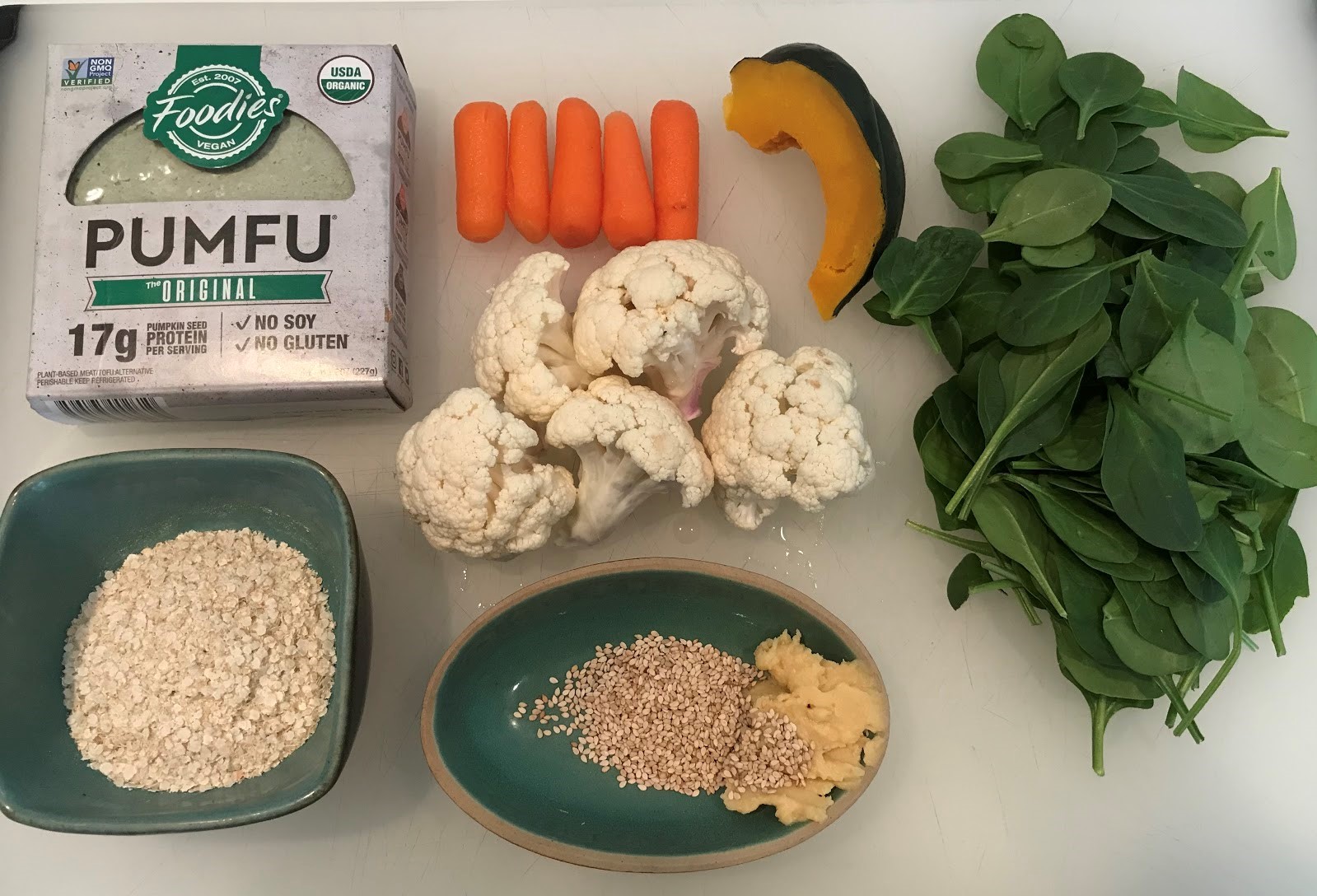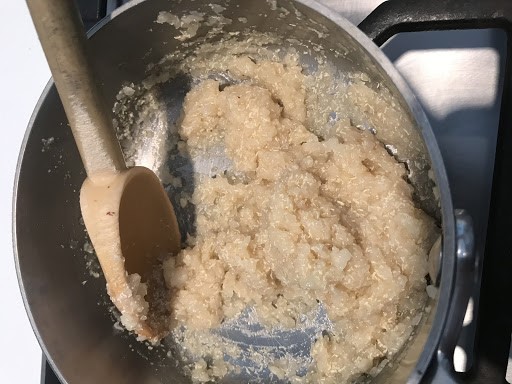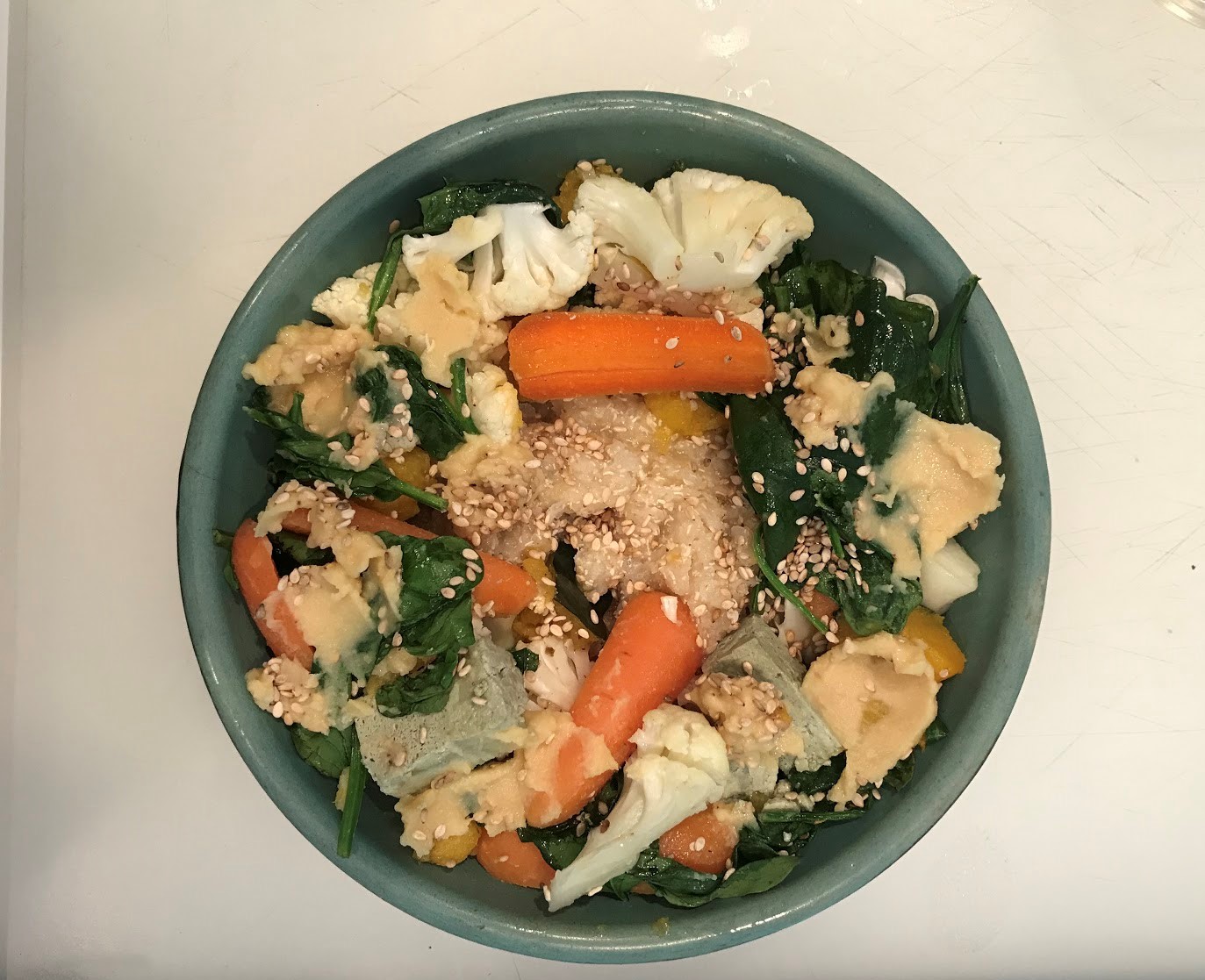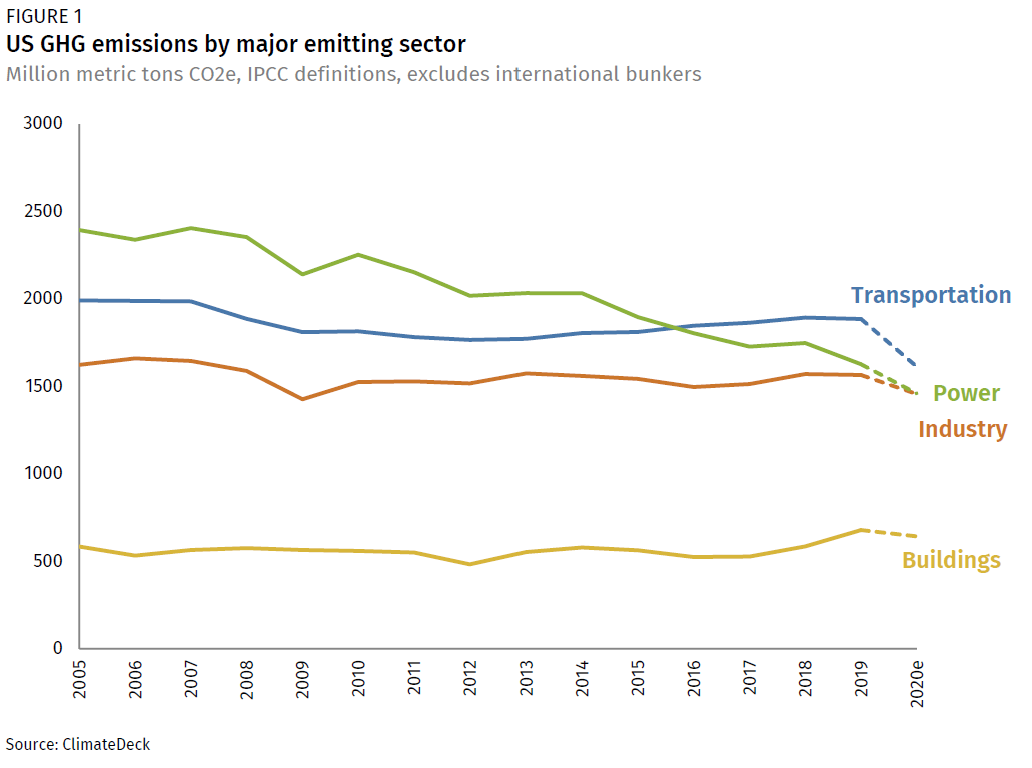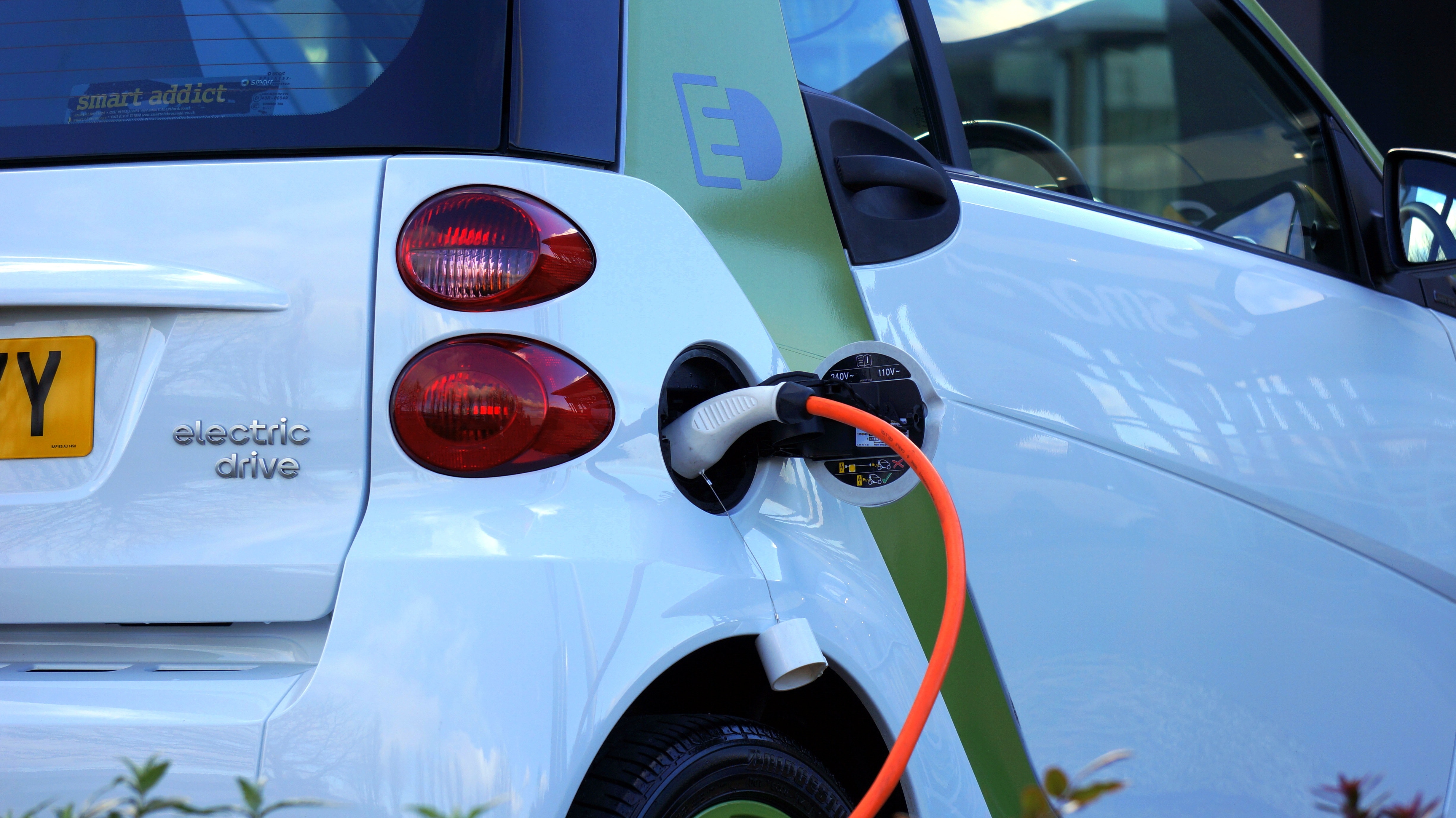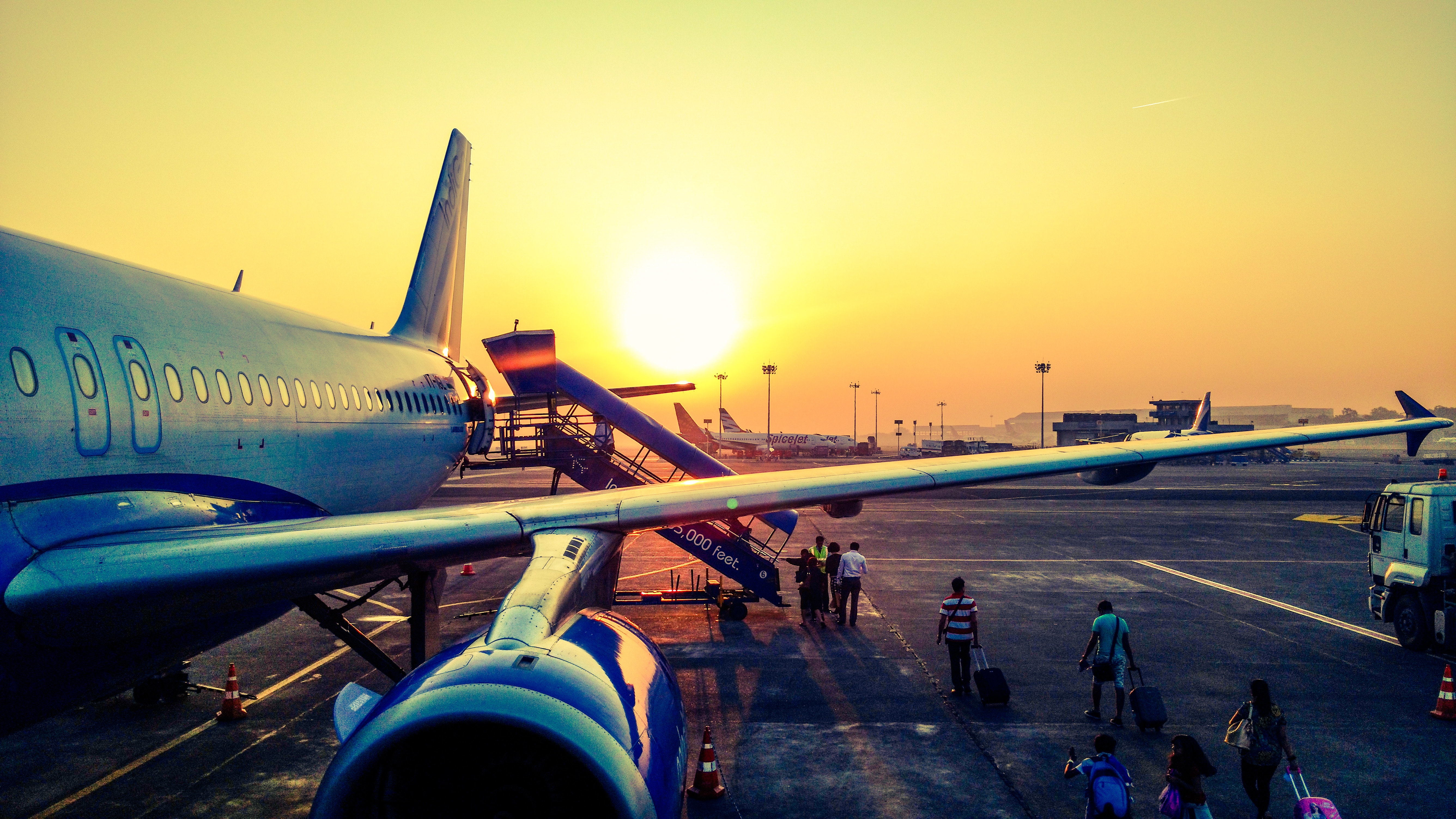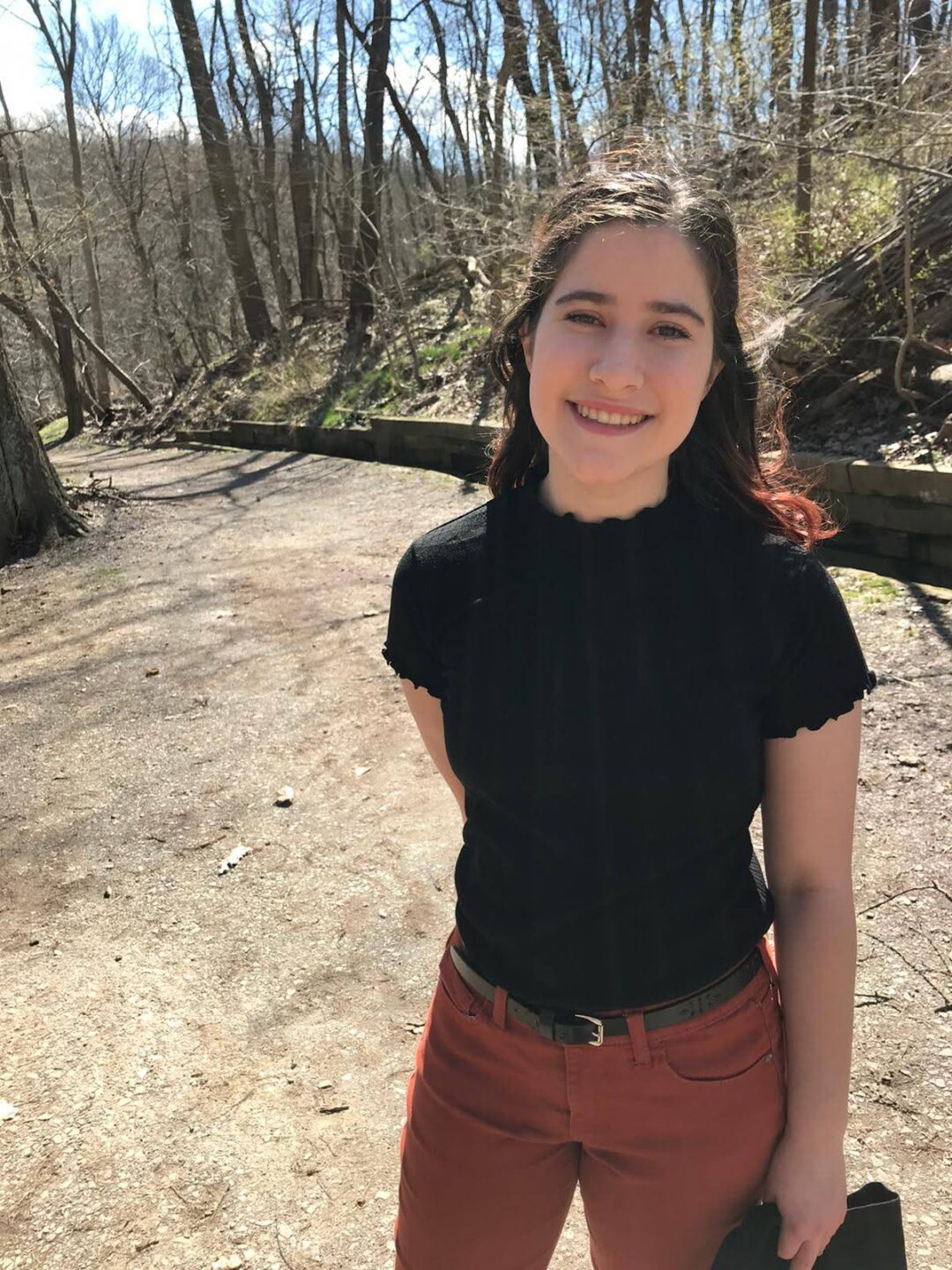Author: Camellia Moors ‘22
Welcome again to Good News Friday! Today we’re talking about sustainable shipping, the decline of coal, and tidal energy.
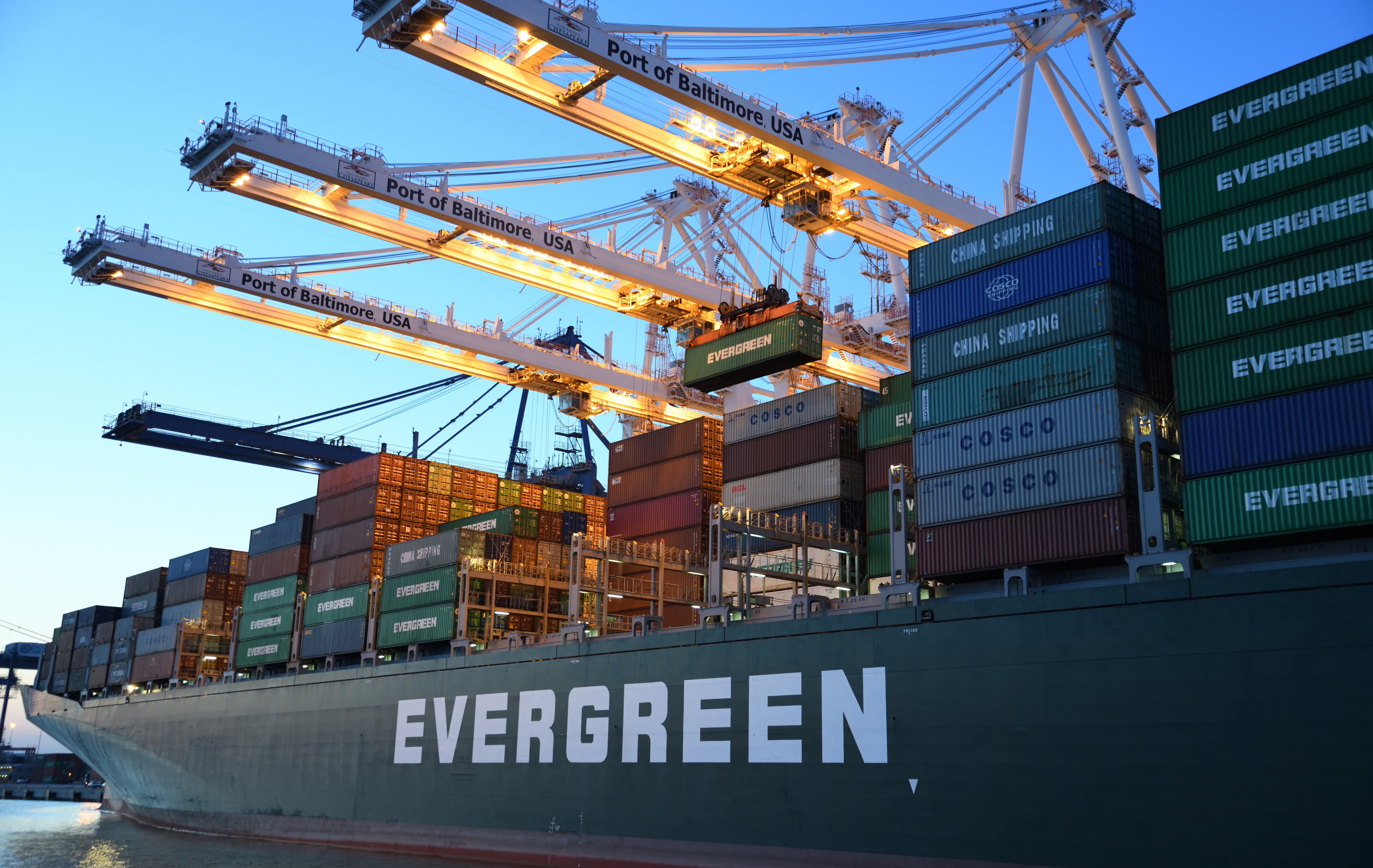
Tire Giant Partners with Decarbonized Shipping: Michelin, the second-largest tire manufacturer in the world, recently signed a shipping agreement with the French startup NEOLINE. With ships powered by sails instead of fossil fuels, NEOLINE says its product can reduce carbon emissions by 90% per trip compared to normal vessels and eliminate SOx and NOx emissions completely. Under the agreement, the cargo on NEOLINE ships will be at least 50% Michelin products along certain shipping lines, with the first transatlantic line beginning operation in 2023. With global shipping constituting about 2.5% of total annual greenhouse gas emissions, actions by large companies represent positive steps towards making global transportation more sustainable.
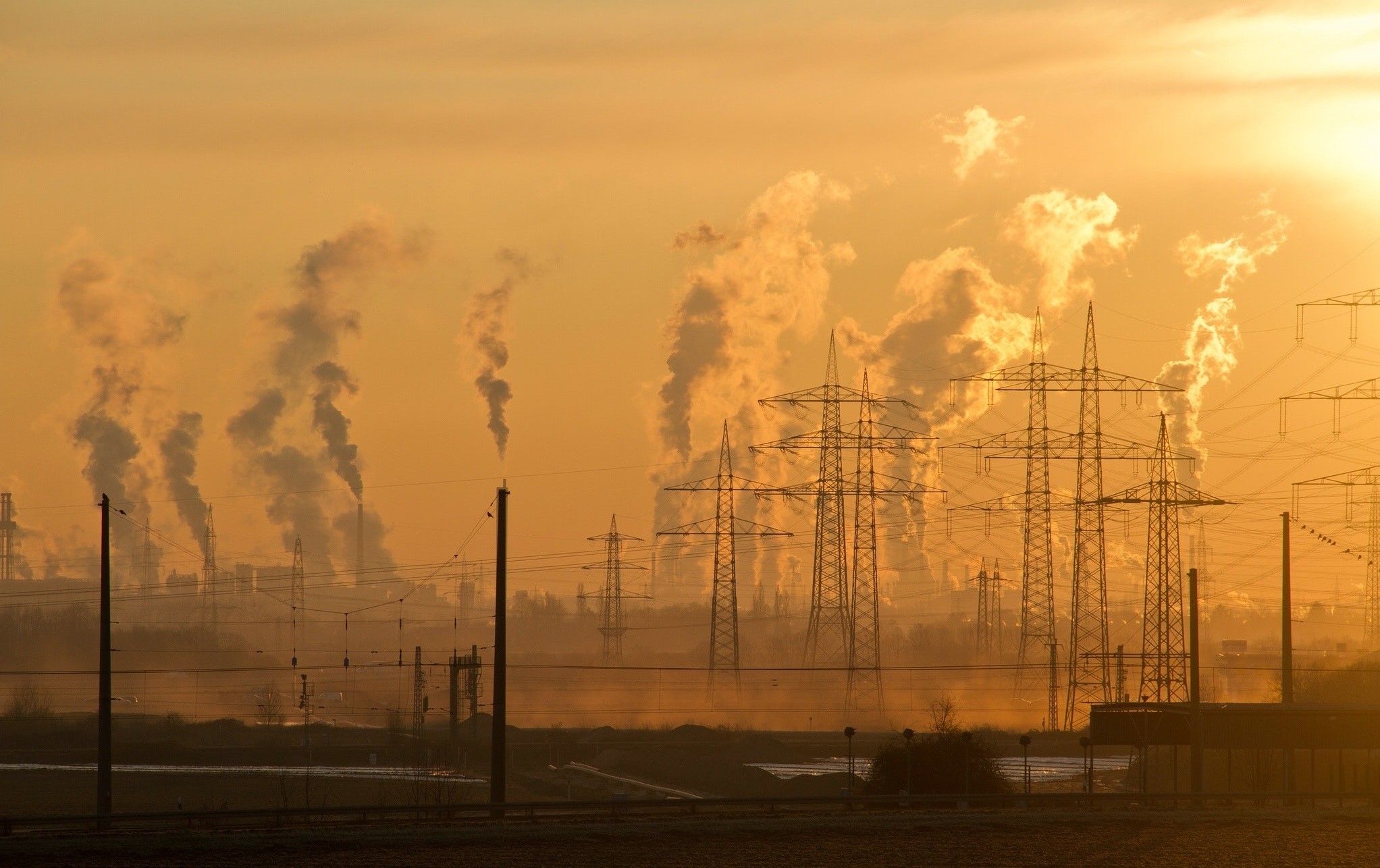
Phasing Out Australia’s Coal Power: You might have seen one of our earlier Good News Friday editions where we talked about the growth of Australia’s solar power sector; now there is reason to believe that such growth is more promising than initially thought. A recent report by energy consulting groups indicates that predictions of Australia’s future energy grid makeup had underestimated the influx of cheap renewable energy. As a result, up to five of the country’s sixteen remaining coal plants could be unprofitable by 2025. This would represent a substantial shift towards sustainability for the nation despite its relatively weak climate goals.

Expanding Tidal Energy: Long viewed as a promising but difficult-to-harness form of renewable energy, ocean movements may soon be a key feature of the United Kingdom’s energy grid. For years, companies like Orbital Marine Power have been using Scotland’s Orkney archipelago to test scalable tidal energy technologies. Now, the company has indicated it is ready to begin deploying tidal energy turbines and farms this year, which ultimately could produce up to one fifth of the United Kingdom’s energy. Reliable and predictable, tidal power represents one of many paths towards a greener future.
That’s all for this week! Until next time, take a look at our previous Good News Friday posts and contact us if you have any good environmental news to share!



